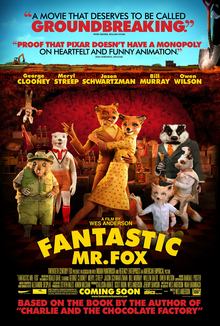
EDIT: I caved and decided to write my own, bad, piece on the film. But it expresses how I was feeling, so that is at least worthy. I am happy.
HAPPY
For All Mankind is an extraordinary chronicle of the Apollo missions. Director Al Reinert poured over endless amounts of NASA’s archival footage to create one of the most unique documentaries ever made. Unlike conventional docs, there are no talking head interviews or camera movement over still photographs. Video is entirely comprised of on location photography by NASA personnel and astronauts, voiced-over by the astronauts themselves. Footage from all the Apollo flights is spliced together to create the sensation of one epic, singular trip. This results in a technically fictitious series of events, but that’s filmmaking. The absence of subtitles to designate who is on-screen or who is speaking creates a humbling anonymity that trivializes the flags and initials emblazoned over the crew and equipment. These aren’t people, but humans.
Can I truly articulate this film’s invaluability? I have watched it every single day since my first viewing, and I can’t wait to watch it again tomorrow. To be there for Armstrong’s famous words, to cower at the terrible, explosive power of liftoff, like some infernal bullet fired from the depths of hell, or to simply marvel at Earth’s, my home’s, beauty. For All Mankind is representative not just of one of our greatest achievements, but of all humanity. You are unlikely to ever see a more inspiring or communal motion picture.

























